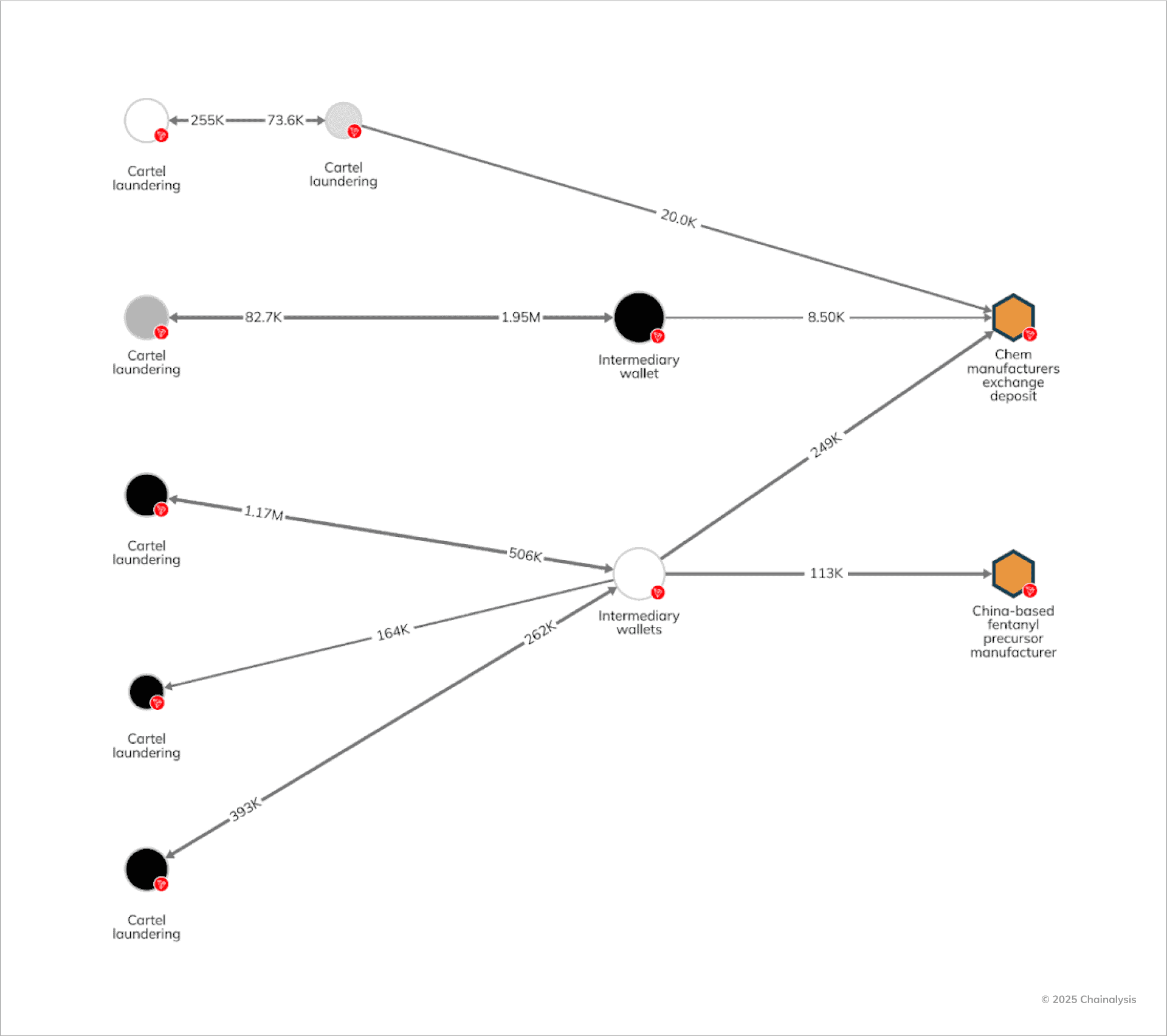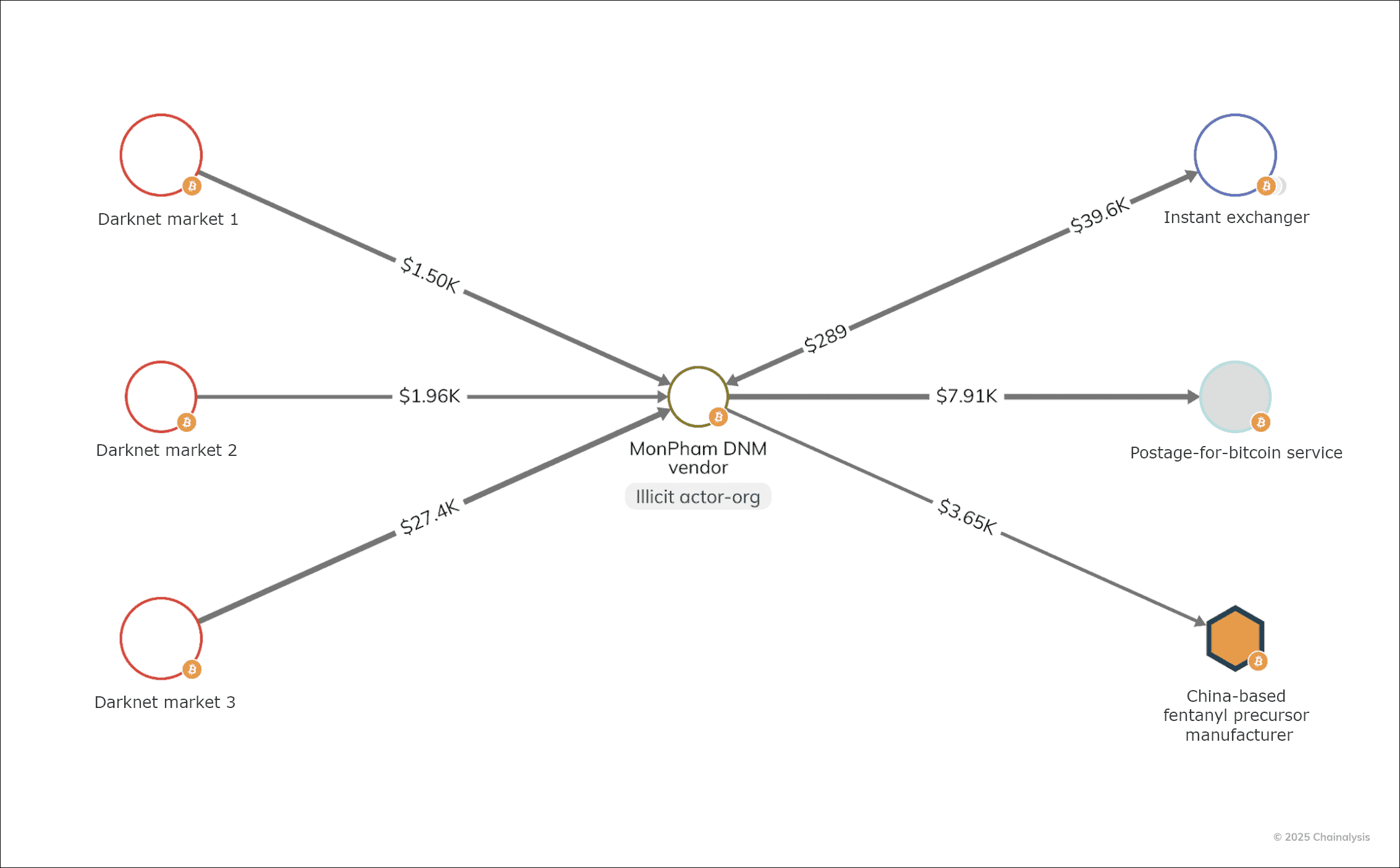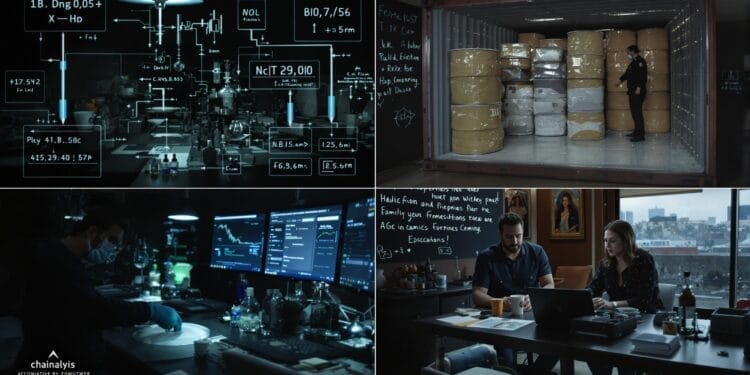- Cryptocurrency, particularly Bitcoin, stablecoins, and Monero, facilitates the fentanyl trade by enabling money movement outside traditional banking scrutiny.
- Much of the precursor chemicals needed to produce fentanyl originate from China and are shipped to places like Mexico, where cartels finalize the production.
- Law enforcement uses blockchain analysis to track cryptocurrency flows, identify suppliers, and disrupt fentanyl networks, turning the technology’s transparency against the criminals.
The thing is, fentanyl isn’t just showing up in back alleys. It’s being pressed into counterfeit pills – Xanax, Oxycodone, you name it – and sold as the real thing. People think they’re getting something they recognize, and they’re getting a dose of something that can kill them. And a lot of the supply chain, from the chemicals to the presses to the postage, is being paid for with crypto. Bitcoin, mostly, but also stablecoins and, surprisingly, Monero. It’s a way to move money around without the usual banking scrutiny. Isn’t that wild?
China’s a big part of this, unsurprisingly. They’re the source of a lot of the precursor chemicals – the stuff needed to *make* fentanyl. These chemicals are shipped all over, often to Mexico, where cartels finish the job and get the drugs into the US. But it’s not just cartels. There are smaller players, too. Folks setting up labs in their basements, ordering pill presses online, and selling directly to customers through Telegram bots or darknet markets. It’s…a surprisingly accessible business, which is terrifying.
And here’s where it gets really interesting. Chainalysis traced a civil forfeiture case in Wisconsin where they seized over $5.5 million in crypto linked to a Mexican cartel. The money was flowing directly to Chinese chemical suppliers. It wasn’t some elaborate laundering scheme; it was pretty straightforward. The cartel was just moving money quickly through exchanges and wallets. Which, honestly, is almost more alarming. They weren’t even trying to hide it very well. It’s like they figured crypto was a magic invisibility cloak, and…well, it sort of worked for a while. But not anymore.
Then there’s the case of “MonPham,” a family in Pennsylvania making counterfeit pills in their basement. They were buying precursors from China, postage from a crypto-accepting service, and selling on darknet markets. A family! It’s a grim reminder that this isn’t just about international drug rings; it’s happening in small towns, too. They thought they were being clever, but the blockchain left a trail. A digital breadcrumb trail, if you will.

Chainalysis is helping law enforcement track these flows, identify suppliers, and disrupt the networks. They’re not just following the money; they’re looking for patterns, connecting the dots, and building tools to help authorities stay ahead. It’s a constant game of cat and mouse, but the blockchain, ironically, is giving the good guys a leg up. It’s a strange thought, isn’t it? That a technology designed for openness and transparency is being used to fight a very dark and secretive trade.

















